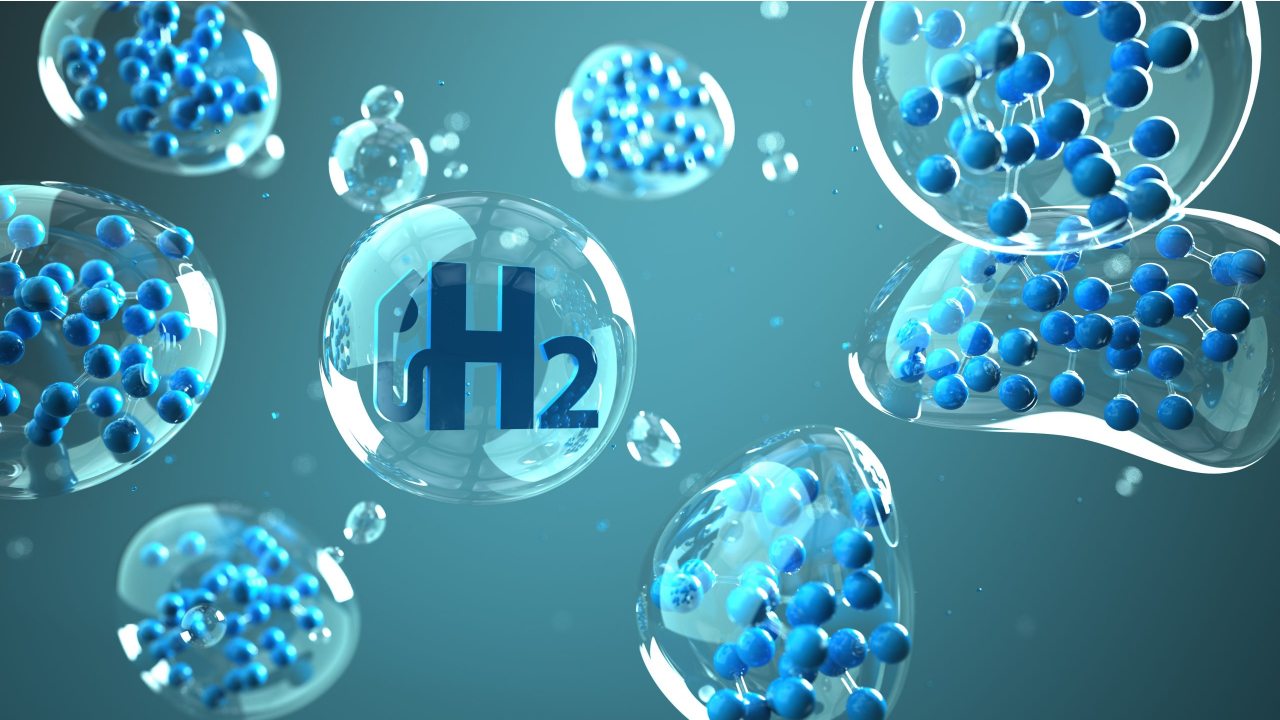The recent surge in energy costs has opened the doors to the future of green hydrogen. The high prices of fossil fuels have forced the importing countries to revise their short-term plans. Only a few months ago the goal was to lower environmental impact to combat climate change, but today the need is to cool the growth of prices for citizens and businesses.
In light of the current scenario, hydrogen is considered an excellent energy vector, which can be used to store the energy surplus from renewable energy. This one is being available discontinuously and must be stored and then used when there is no availability: hydrogen is a perfect alternative to battery accumulators.
Even a large oil producer like Saudi Arabia recently announced a $ 5bn project to produce green hydrogen with a futuristic Neom mega-development. When completed in 2026, the plant will be the world’s biggest producer of hydrogen from renewable sources. This envisaged a system that will use some 4GW of wind and solar electricity to produce more than 650 tonnes of hydrogen a day from 120 Thyssenkrupp electrolyzers, each about 40m long.
At the same time, China presented on March 23rd its first long-term plan for hydrogen, targeting the production of green hydrogen between 100,000 and 200,000 tonnes per year by 2025, while researchers at the German research institute Fraunhofer IMM are developing methanol reformers that can overcome challenges like catalyst attrition and space demand. The reformers reportedly need around 17% of the space that a comparable performance class conventional reformer would require.
Today, however, only 5% of the hydrogen produced comes from renewable sources, while the true paradigm for the future is the coupling of renewable electricity generation with water electrolysis (electrolytic process in which the passage of electric current causes the breakdown of water into oxygen and hydrogen gas). Electrolysis poses various difficulties, especially for the materials used for electrolyzers, which are at risk of supply. For this reason, it is extremely good news that the researchers of the Institute of Chemistry of Organometallic Compounds of the Italian CNR, in collaboration with the ETH of Zurich, have discovered that the production of green hydrogen from water can be promoted by single atoms of ruthenium, a promising study that would make it possible in the future to reach the production quota of 100 GW per year predicted by the decarbonization roadmap.


